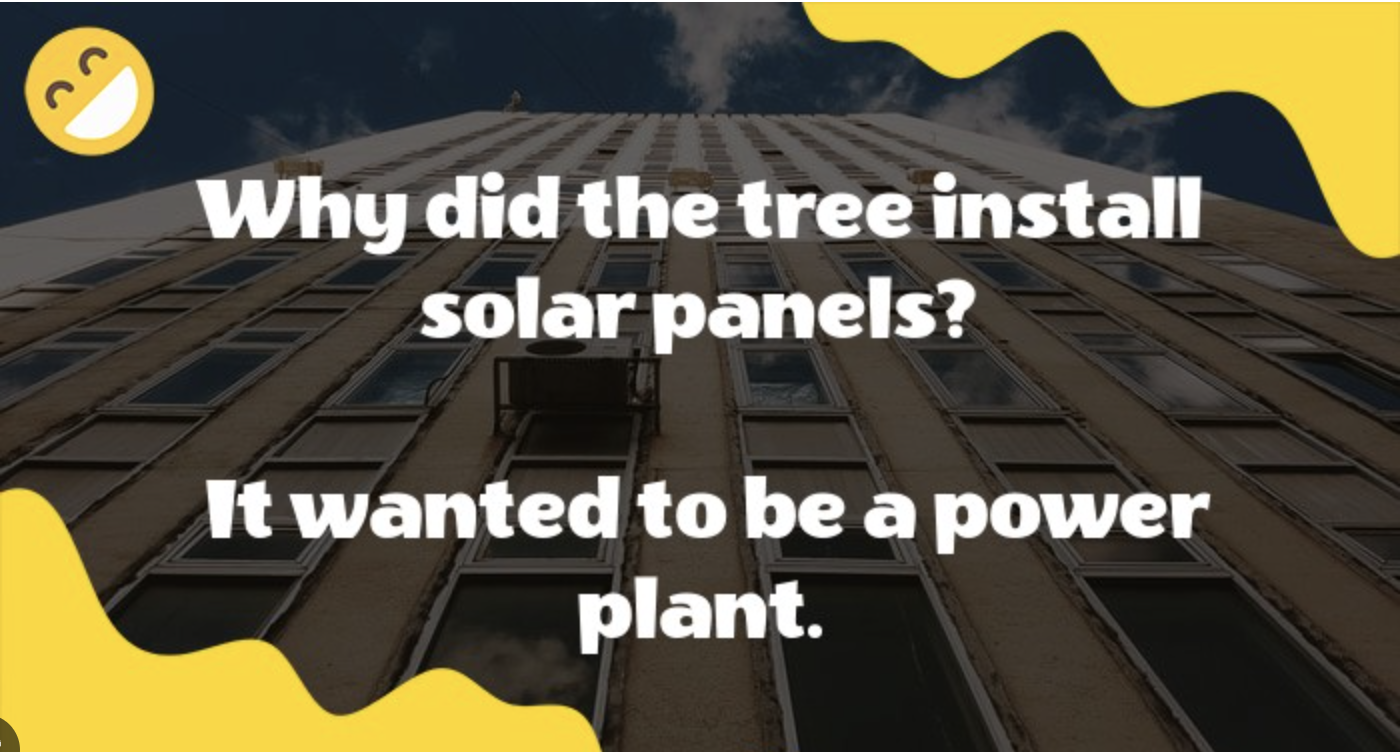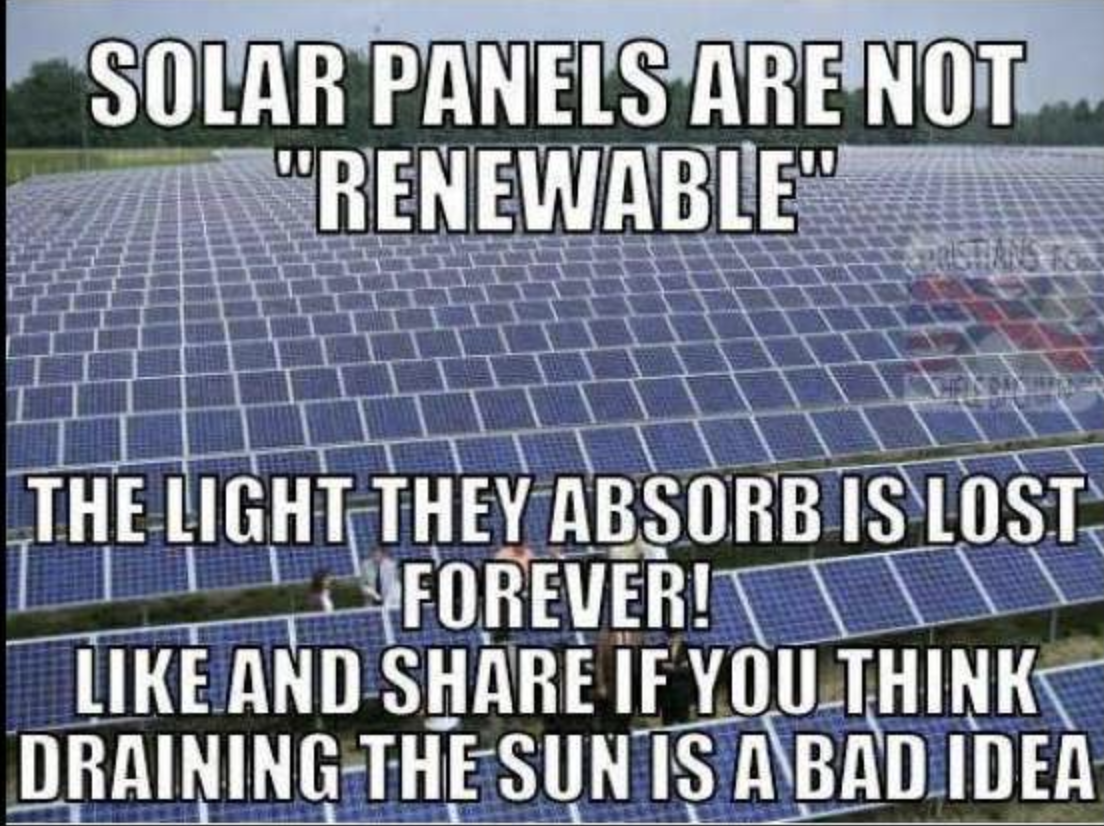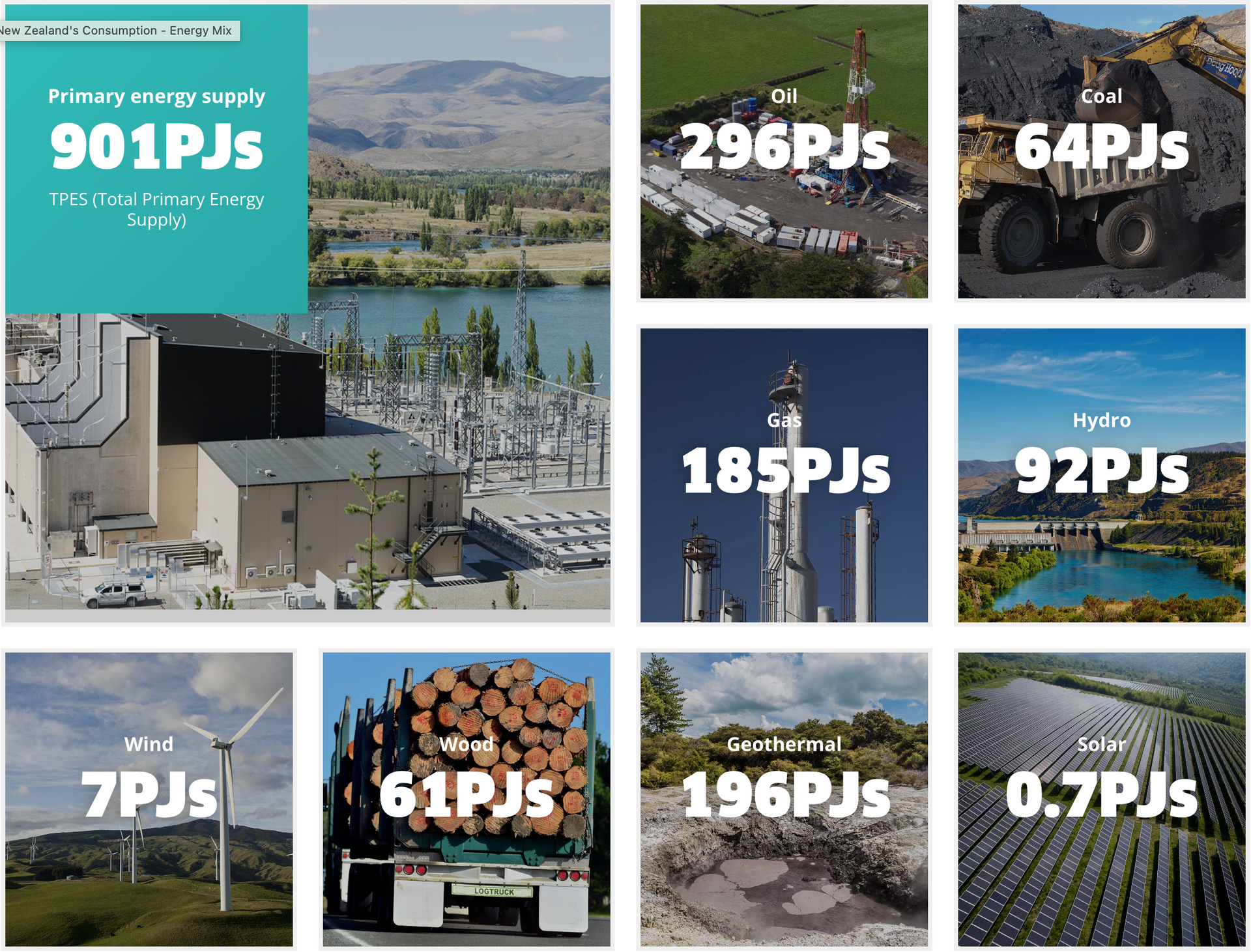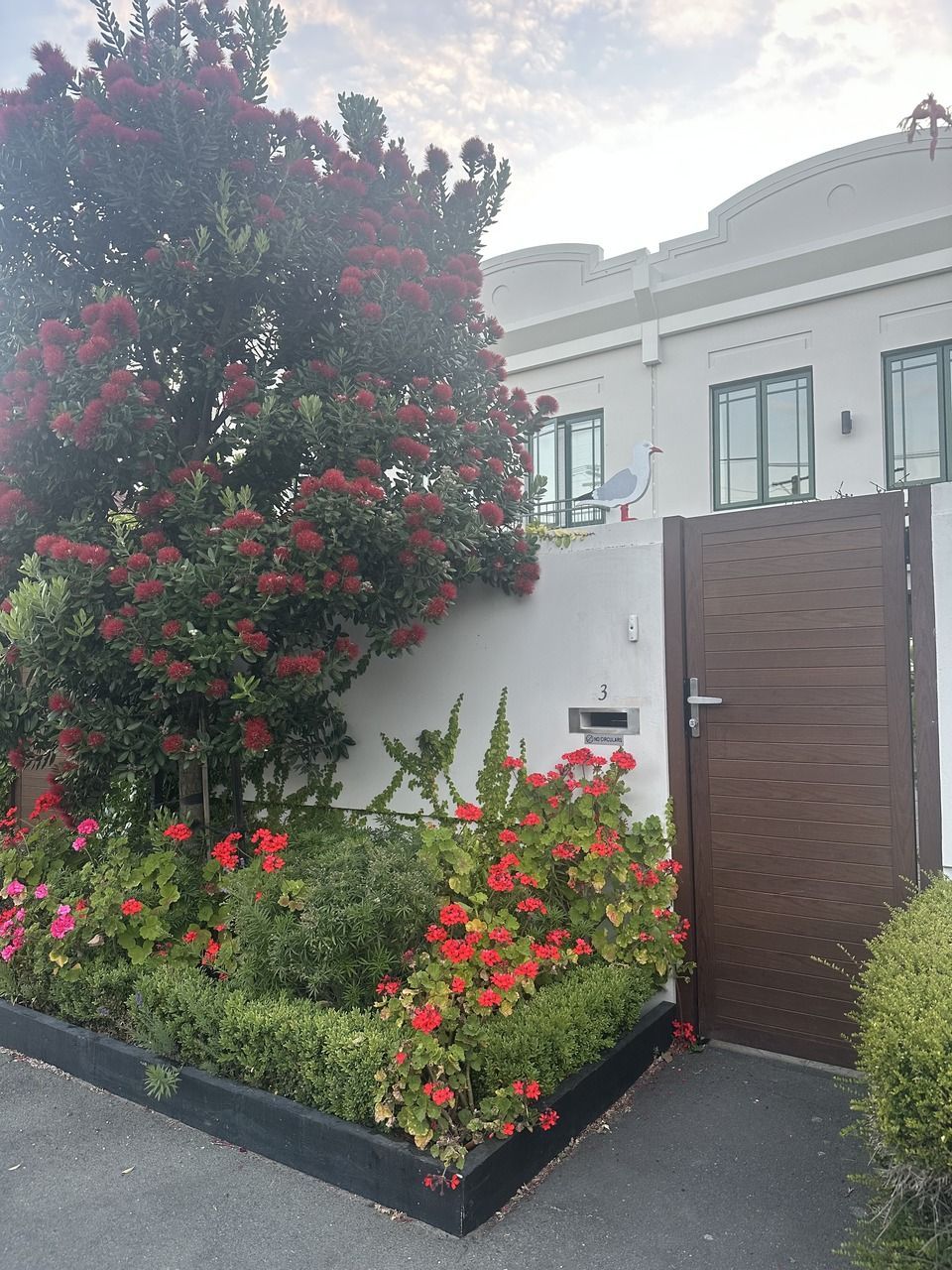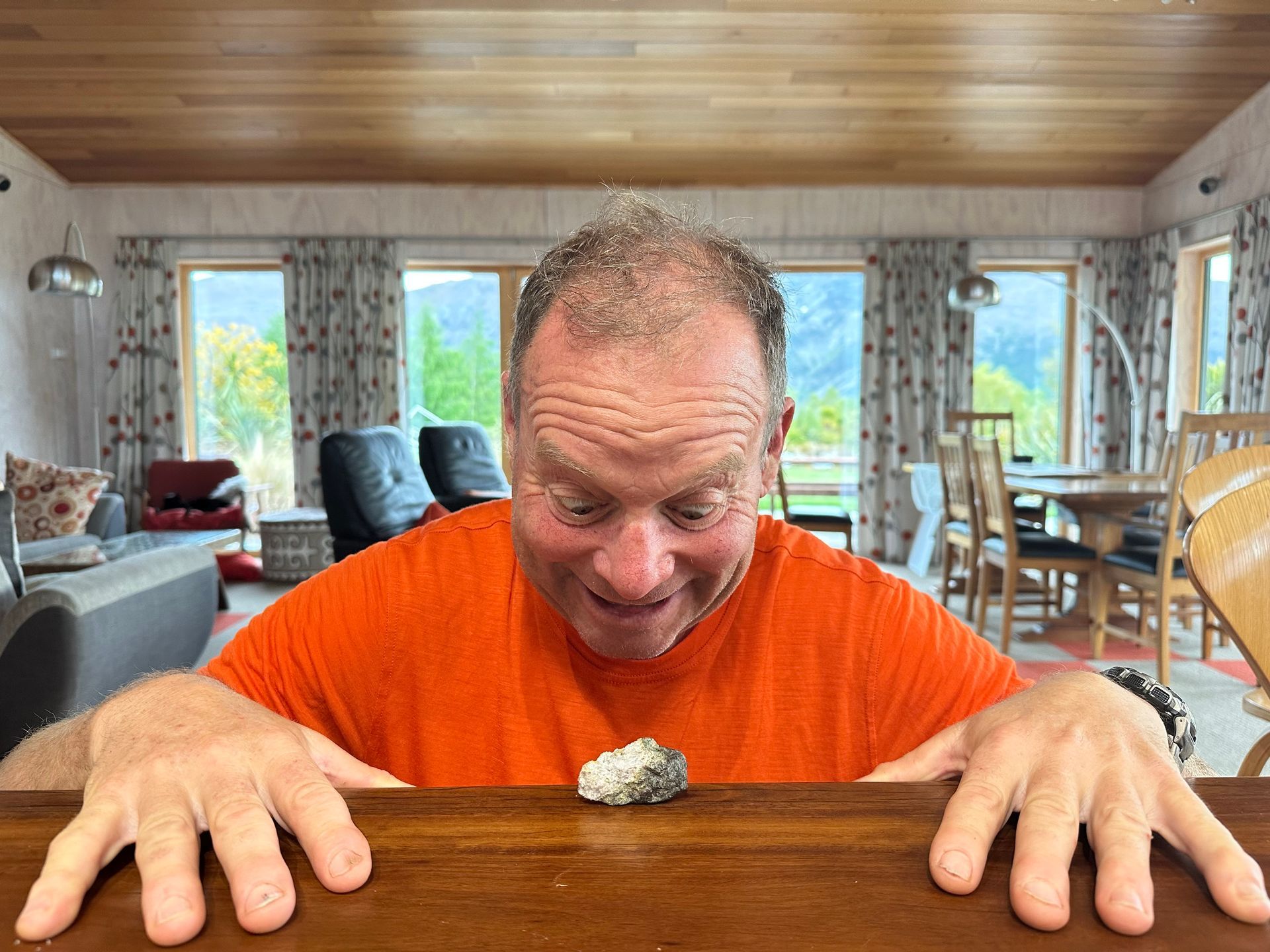Solar Powered - Next Level
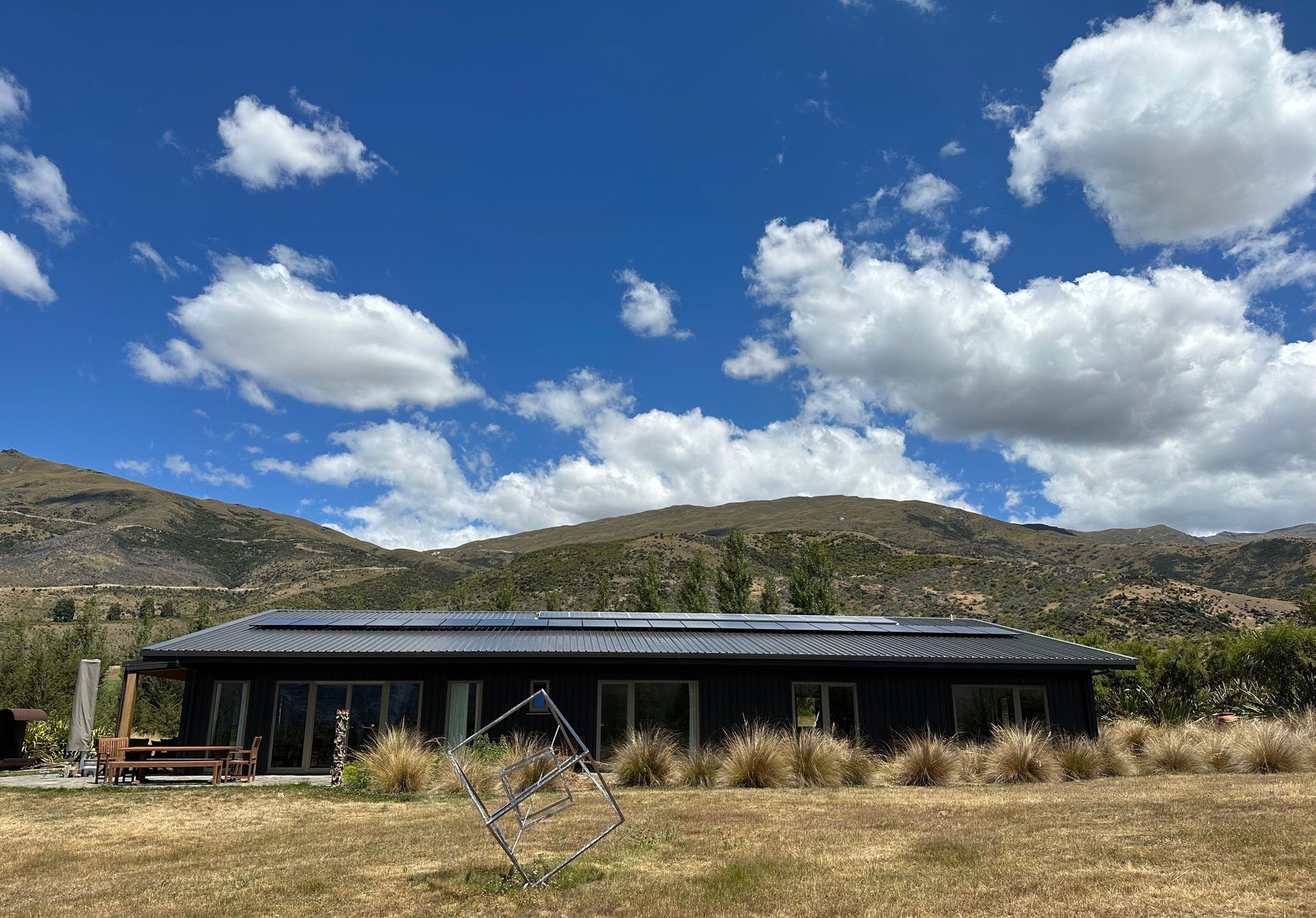
13kW of panels on our roof at pa harakeke
I previously wrote about why we installed extra solar power on our house, beefing up our panels to a total of nearly 13Kwh maximum production (noting you never get as much power as the stated production potential). At New Year, I was discussing solar power with some visitors from the USA in the holidays. The person said the entire 'power' needs of the USA could be met by covering 10,000 square miles (26,000 square kilometres) with solar panels. Really? So little space to generate power for the homes and businesses of 332 million people? I thought one of the big barriers to solar was how much land you would need. So I burrowed down into the data to see if my scepticism was valid.
First off, I realised that when 'power' is referred to, what people are talking about is current electricity demand - only electricity, and only the electricity we use now. In New Zealand people get confused about how 'renewable' our energy supplies are because they confuse energy and power:
- When we refer to 'energy', it we should mean all the different sources of energy used - electricity, coal, gas, oil, hydrogen.
- When we talk about 'power' we should mean only 'electricity'.
- Further, electricity is produced via a number of methods, both renewable (hydro, solar, wind, geothermal, biomass) and non-renewable (fossil fuels).
When people talk about >80% of NZ power being produced renewably, we mean that >80% of our current electricity is generated using renewable resources (hydroelectric 56%, geothermal 13%, wind 7%, biomass 4%, solar <1%)).
However, if we look at the New Zealand total 'energy' mix, we find that
only 40% of the energy we use in New Zealand is from renewables - 60% is derived from fossil fuels (oil 32%, natural gas 21%, coal 7%). We get energy from a lot of sources other than electricity - as shown in the picture below. A fun (or depressing fact) is that NZ uses 46 million barrels of crude oil every year - more than 1,600 litres of crude oil per person. That's enough oil to fill the Wellington Regional Stadium (the 'Cake Tin') around 13 times. And we use around 4 billion cubic metres of natural gas - about 800 cubic metres per person. Oh dear, our energy supplies aren't as clean and green as we might like to think.
So back to the numerics of supplying electricity from solar panels, how much land area would we need to cover in New Zealand? Here are some VERY rough calculations:
- New Zealand receives an average of 4 kilowatt (kW) hours of energy per square metre per day from the sun.
- Conversion efficiency of solar panels is 15-20%. Let's be optimistic and use a nice round 20%.
- This means we could produce an average 0.8kWh of energy per square metre per day in New Zealand, or 292kWh of energy a year from a square metre of panels.
- NZ produced and used around 43,000 GWh of electricity in 2020 - that's 43 billion kilowatt hours (an average household uses around 8000kWh per year).
- To produce 43,000 GWh of electricity we would need 147,260,000 square metres of solar panels - 147 square kilometres.
- 147sq km is only a little more than the land area of central Wellington. That's not so bad.
However there are two big problems:
1) The sun doesn't shine all the time. Solar power requires storage to supply power at night and on cloudy days. This is a whole other can of worms. Battery storage is expensive - the rule of thumb has been that an appropriate size battery will be about the same cost as a solar panel installation. Batteries also require a lot of materials, some of them difficult to come by. Of course, at country scale you are unlikely to be thinking batteries. New Zealand is thinking pumped water storage (Lake Onslow Project) - which I would call a large can of sea serpents. It's estimated the proposed structure will take 4-5 years to build and cost 4 billion dollars; Contact Energy considers this is a vast understatement. At similar scale, the Clyde Dam took around twice as long to build as forecast and was 50% more expensive than originally planned.
2) Another problem is all the other energy sources we use that we need to replace. We only need to decarbonise the 20% non-renewable electricity generation, but there's another 60% of our energy to decarbonise. If we were going to do that with solar (we won't, because e.g. trucks and ships are unlikely to be run on electricity, but let's ignore that and also ignore expansion of other renewables for the purposes of this blog), we need to generate around 1.7x our current electricity generation from solar. OK, that's still only 250 square kilometres of solar panels, 25% of Auckland.
In conclusion, land area isn't the problem for increased solar generation in New Zealand that I thought it might be.
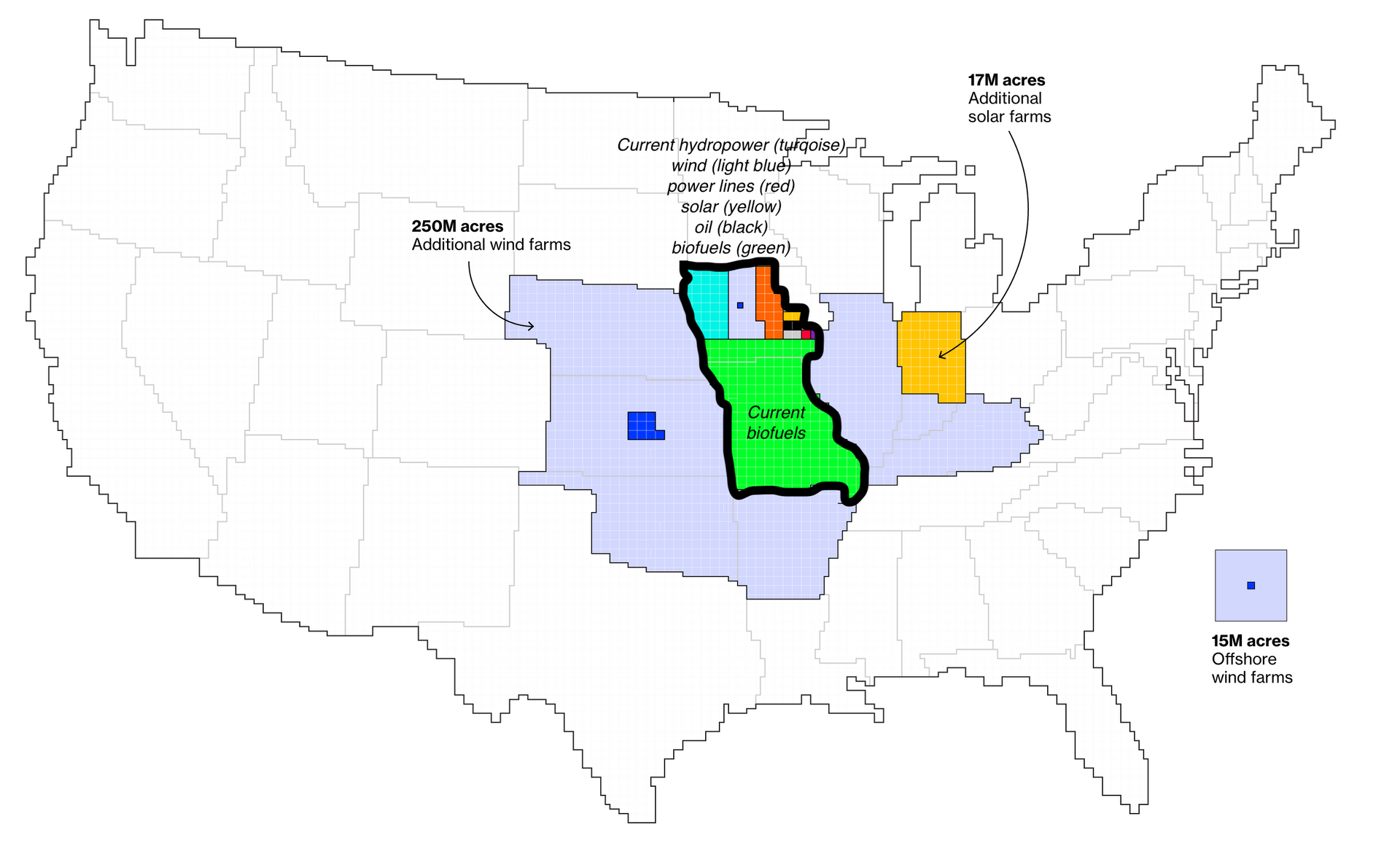
Going back to my original question - about whether 10,000 square miles of solar panels will power the USA, checking sources shows that's about right if the panels are 20% efficient. However, the USA has a much bigger problem in terms of the scale of land area to cover with renewable generation, as their current renewable generation is pretty low - 20% of electricity generation and 12% of total energy use.
Princeton University’s Net-Zero America Project maps different pathways to reaching a carbon-free U.S. by 2050, and how much land they require. Their most land-intensive plan is shown above. Current energy generation footprints are within the black line and the new footprint is all the land outside that black line. The plan eliminates all fossil fuels and nuclear plants with wind and solar providing 98% of electric power. As a result, the U.S. energy physical footprint quadruples in size from 2022 and wind farms occupy land areas equivalent to Arkansas, Iowa, Kansas, Missouri, Nebraska and Oklahoma - over 13% of the entire land mass.
Princeton's approach regarding how much land might be taken up by renewable power generation takes into account the reliability of different power sources over space and time. It isn't quite as horrific as it seems because the land under wind farms can be used for other purposes e.g. agriculture (40% of New Zealand is currently used for agriculture). However, that's a lot of one's country covered in wind turbines (Graham Sydney would be horrified!). Ownership of appropriate land starts to come into play as it is unlikely that either existing energy companies or the government own sufficient appropriate land for renewable generation. Note that I can't easily find any similar plan for New Zealand, so I don't know what mix of wind and solar and land cover might be functional here.
In summary, my gut reaction was misleading - solar power requires a lot less land area than I might have thought. However, a decarbonised energy environment could require considerable amounts of land for power generation which forecasts interesting conflicts between those who want to preserve the land looking as it does today and those who would like to keep the lights on.
